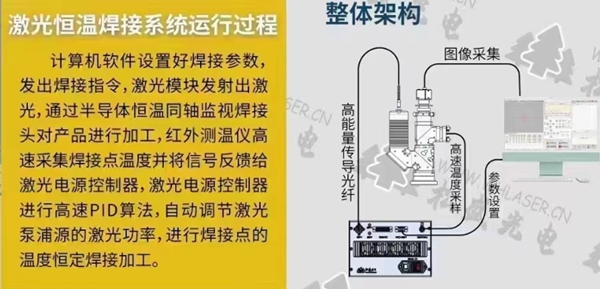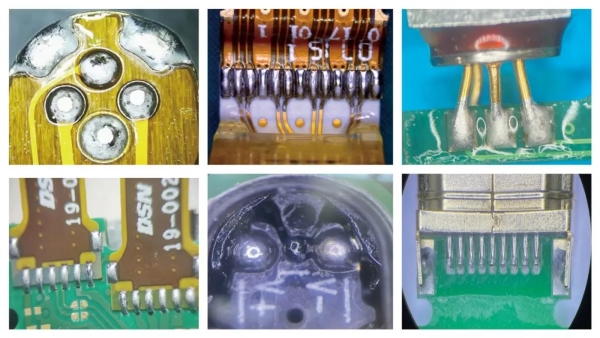There is a significant difference between laser soldering and reflow soldering in terms of the impact on solder joints. In view of the characteristics of electronic assembly technology, Songsun Optoelectronics makes the following comparative analysis of the impact of the two soldering processes on solder joints:

I. Accuracy and control:
Laser Soldering: Provides extremely high precision and local control, capable of achieving micron-level solder joints, particularly suitable for high-density packages and microelectronic components. Due to its non-contact operation, it avoids damage caused by physical contact and has minimal thermal impact around precision components.
Reflow soldering: Suitable for large-area SMT component soldering, through the heating and cooling cycle of the entire PCB board to complete the welding, although the modern reflow soldering equipment with precise temperature control, but relative to the laser soldering, its local control and accuracy is slightly inferior.
2. heat-affected zone and stress:
Laser soldering: Due to rapid local heating and cooling, the heat affected zone is small, which can significantly reduce thermal stress and reduce the risk of PCB board bending, component damage and solder joint cracks.
Reflow soldering: the entire PCB board to experience high-temperature cycle, the heat-affected zone is larger, for heat-sensitive components may require special protection measures to prevent thermal damage, long-term heat exposure may also lead to board warping.

3. material adaptability:
Laser soldering: a wide range of material compatibility, including difficult to weld the metal, and less demanding surface condition, can penetrate the oxide layer for welding.
Reflow soldering: mainly for the use of solder paste SMT components, for specific materials or surface treatment requirements of higher welding, adaptability is not as flexible as laser soldering.
4. production efficiency and cost:
Laser soldering: single-point or small area welding, suitable for high-precision and small batch production, the initial equipment investment cost is higher, but can effectively reduce the cost of rework in the later stage.
Reflow soldering: suitable for large-scale production, equipment investment is relatively low, but the efficiency and cost-effectiveness of mass production is obvious, for standard SMT component welding is very efficient.
5. Environmental impact and sustainability:
Laser soldering: produces less waste and pollution and is a more environmentally friendly method of soldering.
Reflow Soldering: Volatile Organic Compounds (VOCs) may be generated during the soldering process, and proper ventilation and purification systems need to be equipped to reduce environmental pollution.

6.Wettability:
Laser soldering: laser soldering due to its high precision and degree of automation, can effectively avoid the problem of poor wetting, because of its fast heating speed, less heat input, and can be accurately controlled welding position.
Reflow Soldering: Common problems in reflow soldering include poor wetting, where the solder alloy does not spread out well, thus preventing a good solder joint and directly affecting the reliability of the joint. Reasons for poor wetting include oxidation of the plating on the pad or pin surface, insufficient thickness of the plating, or poor processing.
7.Other influencing factors:
Laser soldering: Laser soldering has the advantages of fast heating speed, low heat input and high heat impact, the soldering position can be precisely controlled, the soldering process is automated, the amount of solder can be precisely controlled, and the consistency of the solder joint is good.
Reflow soldering: In the vacuum reflow soldering process, there is a significant reduction in the Stand-off height of the device's solder joints, which leads to the extension of solder in all directions, thus creating the risk of solder joint bridging.
Conclusion:
In summary, laser soldering and reflow soldering have their own advantages, and the choice of which soldering process needs to be decided according to specific application scenarios and production requirements. Laser soldering is more suitable for high-precision, low-volume, heat-sensitive components, while reflow soldering shows higher efficiency and economy in high-volume production and standard SMT component assembly. With the trend of miniaturisation and precision of electronic components, the application of laser soldering is expected to expand further.
Contact: Mr.Xiao
Phone: +86-13385280662
E-mail: market001@whlaser.cn
Add: Room 02, Floor 5, Building 9, Gezhouba Sun City, No. 40, Gaoxin 4th Road, Donghu New Technology Development Zone, Wuhan